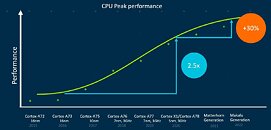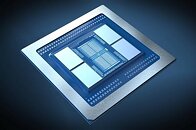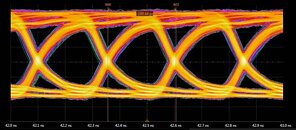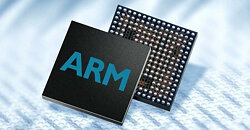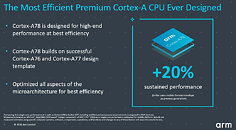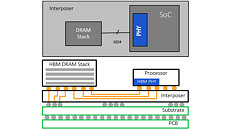
Intel Introduces new Security Technologies for 3rd Generation Intel Xeon Scalable Platform, Code-named "Ice Lake"
Intel today unveiled the suite of new security features for the upcoming 3rd generation Intel Xeon Scalable platform, code-named "Ice Lake." Intel is doubling down on its Security First Pledge, bringing its pioneering and proven Intel Software Guard Extension (Intel SGX) to the full spectrum of Ice Lake platforms, along with new features that include Intel Total Memory Encryption (Intel TME), Intel Platform Firmware Resilience (Intel PFR) and new cryptographic accelerators to strengthen the platform and improve the overall confidentiality and integrity of data.
Data is a critical asset both in terms of the business value it may yield and the personal information that must be protected, so cybersecurity is a top concern. The security features in Ice Lake enable Intel's customers to develop solutions that help improve their security posture and reduce risks related to privacy and compliance, such as regulated data in financial services and healthcare.
Data is a critical asset both in terms of the business value it may yield and the personal information that must be protected, so cybersecurity is a top concern. The security features in Ice Lake enable Intel's customers to develop solutions that help improve their security posture and reduce risks related to privacy and compliance, such as regulated data in financial services and healthcare.



